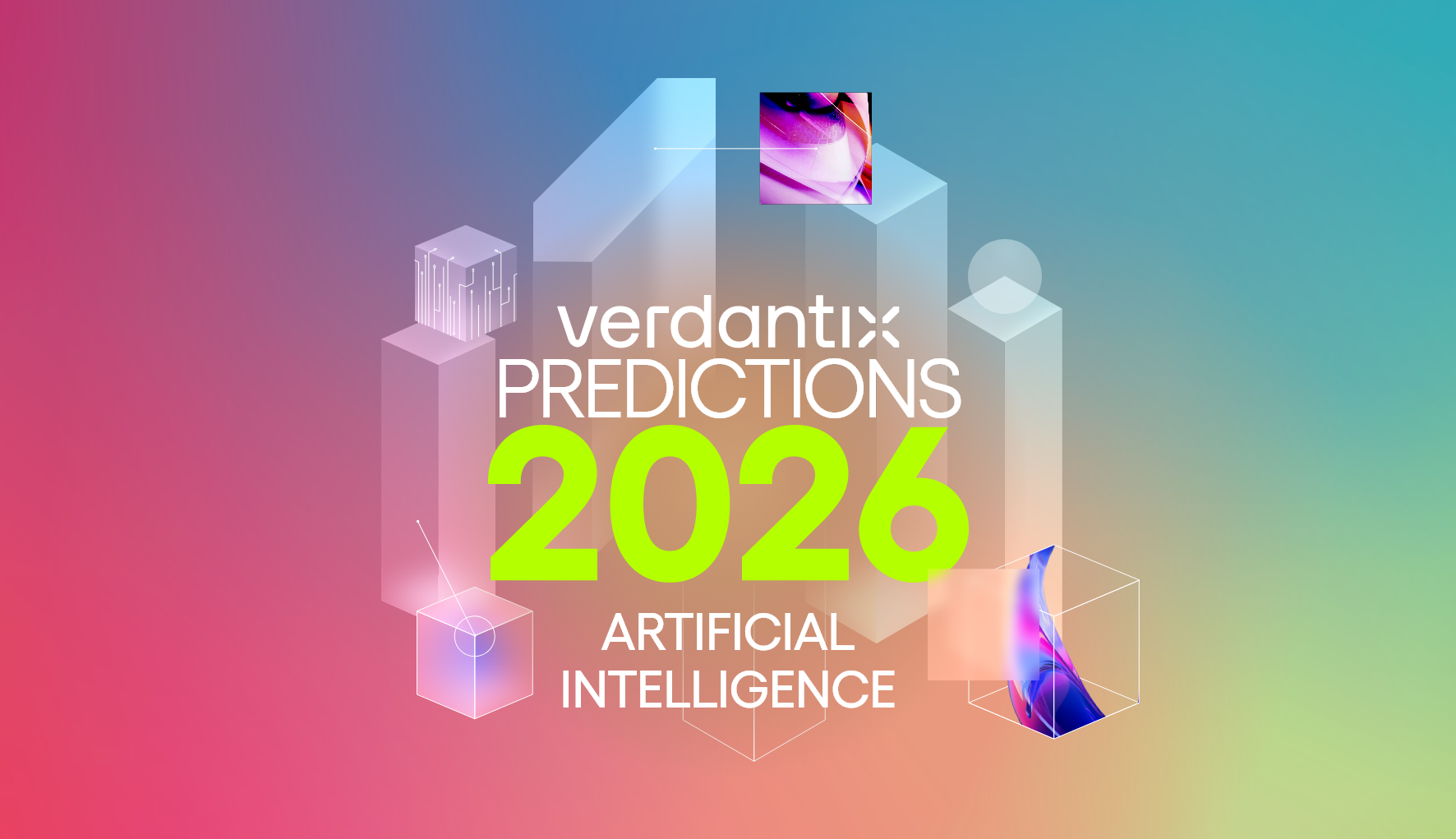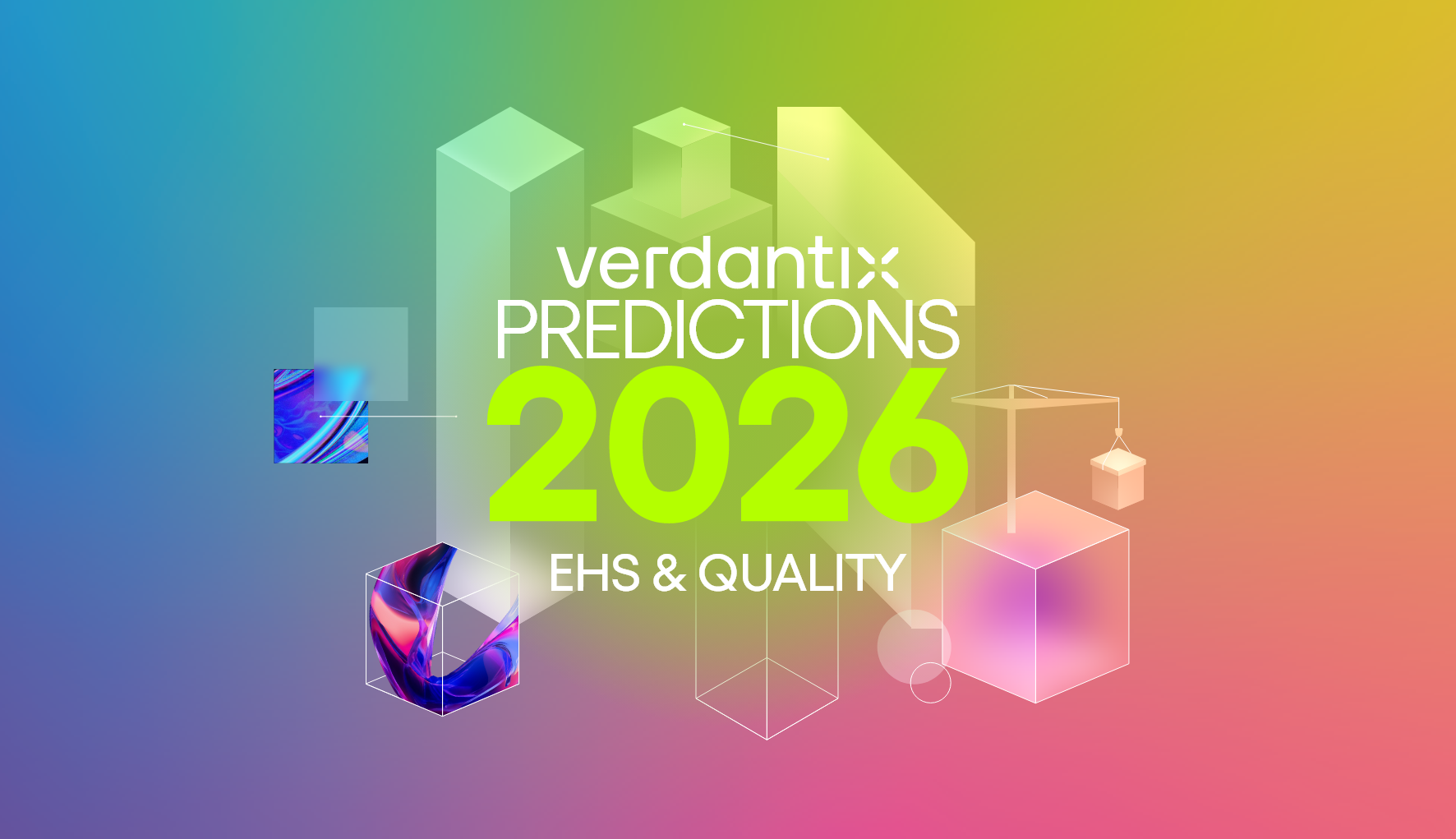Vendors Pursue Multiple Strategies To Capture A Share Of The $27.6 Billion Digital Twin Opportunity

Sebastian Winter
Spending on industrial facility digital twins amounted to $787 million in 2020. The market has developed in part due to a demand for a single platform for risk, safety and asset management to drive operational excellence. There are five levels of sophistication of digital twins of industrial facilities, going from a simple descriptive view of operations or assets through to highly transformative ones that pull in real-time data to simulate industrial complex systems and predict asset failure or worker accidents. Typically, the virtual replica of the twin is designed during the implementation process, with the virtual twin relying on a plethora of different data inputs and systems – the quantity involved varying on the level of sophistication.
Design, engineering and construction firms such as Fluor, McDermott, and Schlumberger, develop twins for infrastructure development projects. For example, BP, a global oil major, worked with US-headquartered engineering firms Baker Hughes and McDermott to create a digital twin of its Tortue/Ahmeyim gas field. McDermott deployed its Gemini XD cloud-based digital platform on the FEED for subsea umbilicals, risers and flowlines (SURF) scope and subsea production system (SPS), in partnership with Baker Hughes. FutureOn then deployed its FieldAP to digitize and track the complex disparate elements. Now the multitude of data from equipment and operations, alongside the growing awareness of the business case for digital twins means that customers are embarking on digital twin projects as part of their digital transformation and operations excellence initiatives. Ninety-four per cent of respondents for Verdantix Operational Excellence survey 2019 see digital twins as being significant or very significant for their firm’s operational excellence initiative. Currently, digital twin adoption is held back by several factors, including struggle gaining executive buy-in, and lack of penetration of the underpinning technologies required for successful digital twin initiatives.
In 2040, the digital twin for industrial facility market will reach $27.6 billion in spend, growing at a CAGR of 19.5%. This increase can be attributed to factors such as leveraging digital twins for cost cutting programmes as part of the remote working agenda born from the COVID-19 pandemic, and as the backbone of digital transformation agendas. Success in this market over the next several years will require lots of improvements to products and services, as well as business models. Productizing certain aspects of digital twin implementation for rapid time to value and offering digital twins as a service, where a vendor ensures that the twin stays accurate over the lifetime of an asset, and that it can function as the foundation for future innovations are some of the strategies vendors are pursuing to capture a share of this growing market.
If you are interested to hear from industry experts, tech leaders, and Verdantix analysts about digital twins, please register for the Verdantix virtual event, Next & Best Practices: From Asset Reliability To Digital Twins.
About The Author

Sebastian Winter
Industry Analyst





